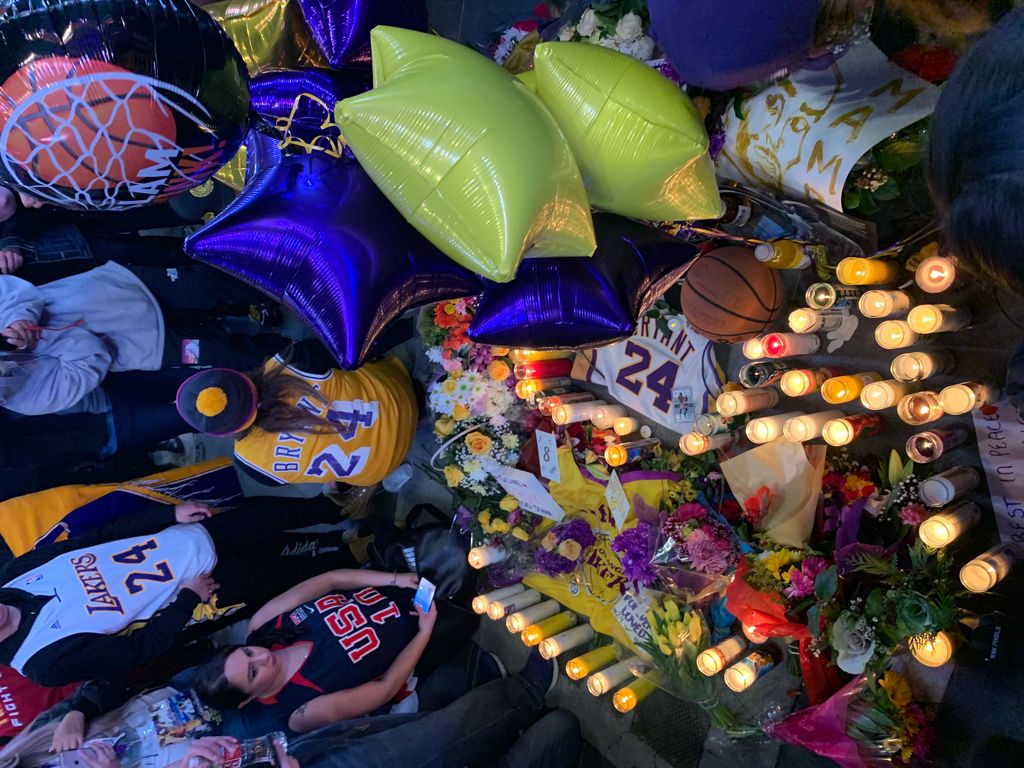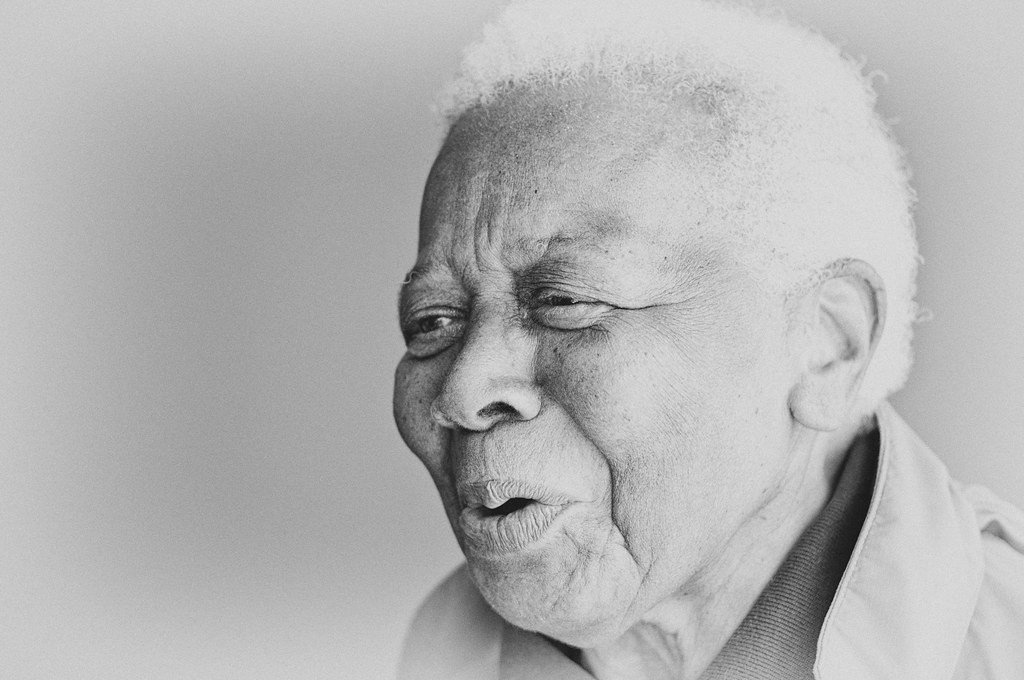
The world of children’s music mourns the passing of Ella Jenkins, a true icon and a transformative figure often celebrated as “The First Lady of Children’s Music.” Ms. Jenkins died peacefully on Saturday, November 9, at her residence in Chicago, Illinois, just months after marking her 100th birthday on August 6, 1924. Her extraordinary life, spanning a century, was dedicated to educating, charming, and empowering generations of listeners around the globe through the universal language of song.
Over more than 60 years, Ms. Jenkins revolutionized the genre, employing her distinctive “call-and-response” chants and rhythms to foster a deeper engagement with music and with one another. Her work not only provided entertainment but also served as a profound tool for social activism, weaving themes of antiracism, cultural pluralism, and environmentalism into accessible melodies that transcended age, background, and nationality. She leaves behind a monumental legacy, having laid much of the groundwork for what children’s music would become.
Her passing marks the end of an era for countless individuals whose childhoods were enriched by her distinctive voice, her banjo, ukulele, and harmonica, and her unwavering belief in the power of music to connect. Surrounded by family and old friends, Ms. Jenkins spent her final moments listening to favorite tunes, including Perry Como and folk music, a testament to the enduring joy that music brought to her, and that she, in turn, brought to the world. As her publicist, Lynn Orman, observed, she was “just invigorated and empowered by the music,” a sentiment that encapsulated her entire remarkable career.
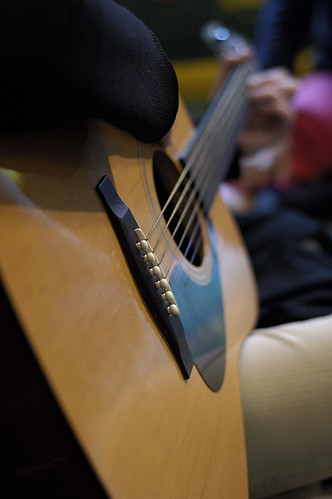
1. **The “First Lady of Children’s Music” and Her Enduring Legacy**
Ella Jenkins justly earned the revered title of “The First Lady of Children’s Music,” a designation that speaks volumes about her unparalleled influence and foundational contributions to the genre. Her career, spanning more than six decades, saw her not merely perform for children, but truly revolutionize how they engaged with music, making her a beacon for early childhood education and inspiration.
Her impact extended far beyond mere entertainment; Ms. Jenkins possessed a unique ability to connect deeply with her young audiences, fostering an environment of shared musical experience. Lynn Orman, her publicist and friend of 35 years, eloquently described this phenomenon, noting that Ms. Jenkins had the power to “bring people back to their childhood, and simplicity and the humble beginnings, and no matter who you are — I don’t care if you’re a big star — you can relate.” This ethereal quality made her music universally appealing and deeply personal.
Throughout her prolific career, Ms. Jenkins dedicated herself as a performer, educator, composer, and recording artist. She produced an impressive catalog of nearly 40 albums on Folkways Records and its successor, Smithsonian Folkways, which collectively showcased her remarkable versatility and unwavering commitment to her craft. Her extensive body of work is widely credited with establishing the very groundwork for the modern children’s music genre, shaping its trajectory and inspiring countless artists who followed in her footsteps.
Her singular vision and dedication ensured that her music was not just heard, but deeply felt, creating a lasting impression on millions. From kindergarten classrooms across the country to international stages, her recordings became essential tools for teaching and engagement, proving that through careful listening, singing, and improvisation, children could learn about themselves and appreciate their place in the world. Her legacy, therefore, is not just one of songs, but of profound human connection and inspiration.

2. **Pioneering the “Call-and-Response” Style**
At the heart of Ella Jenkins’ groundbreaking approach was her pioneering use of the “call-and-response” style, a methodology that became synonymous with her name and revolutionized participatory music. This interactive technique encouraged direct engagement from her audience, transforming passive listening into an active, communal musical experience. It was a simple yet profoundly effective way to draw children into the world of rhythm and melody, fostering a sense of shared creativity and understanding.
Ms. Jenkins often credited the inspiration for her unique call-and-response music to the legendary Cab Calloway, whose performances deeply resonated with her. By adapting this dynamic structure to children’s songs, she created an environment where every child felt empowered to contribute. Her method emphasized that “When ‘you’ sing a song and ‘I’ follow, we engage in a musical dialogue. When we sing a song together, we affirm the social and cultural value of listening to each other,” as articulated by the Library of Congress upon adding one of her songs to the National Recording Registry.
Her distinctive style allowed her to teach children not only about music but also about essential life lessons. Through these rhythmic exchanges, she conveyed messages of cultural pluralism and mutual respect, challenging her young listeners to “listen deeply to one another.” This was fundamental to her belief that songs could serve as powerful conduits for understanding diverse people and cultures, creating a harmonious learning environment where everyone’s voice was valued.
The widespread adoption of her call-and-response methods across classrooms and performance spaces underscored its effectiveness in nurturing musicality. It provided a framework for children to explore rhythm and sound, encouraging improvisation and creative expression while simultaneously building essential communication skills. This innovative pedagogical approach cemented her status as a true pioneer, shaping the very fabric of children’s musical education for generations.
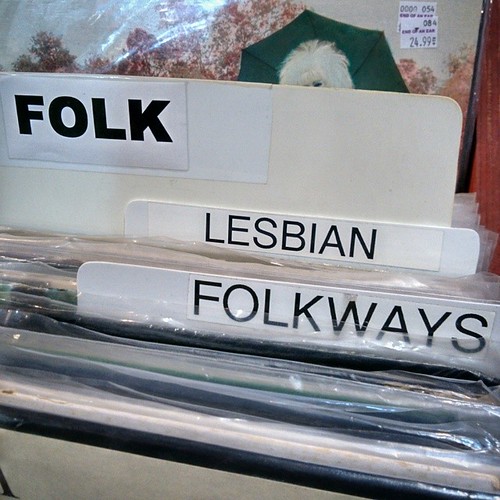
3. **A Prolific Recording Artist: Decades with Folkways**
Ella Jenkins’ illustrious career as a recording artist began in earnest with a pivotal meeting in New York, where her talent immediately captivated Moses “Mo” Asch, the visionary founder of the Folkways label. With only four songs she had written, Ms. Jenkins secured a recording contract on the spot, marking the beginning of a prolific and enduring partnership that would define much of her musical journey. This collaboration launched her onto the national stage, allowing her to disseminate her unique style to a broader audience.
Her debut album, “Call and Response: Rhythmic Group Singing,” was released in 1957, instantly establishing her as a fresh and innovative voice in music education. This initial success paved the way for an extraordinary output; over her seven-decade career, Ms. Jenkins went on to produce an astonishing 39 albums on Folkways Records and its successor, Smithsonian Folkways. Each recording further solidified her reputation as a master educator and entertainer, creating a rich tapestry of sounds and lessons for children worldwide.
Among her extensive discography are several albums that achieved iconic status, becoming staples in homes and classrooms. These include “African American Folk Rhythms” (1960), the seminal “You’ll Sing a Song and I’ll Sing a Song” (1966), “A Long Time” (1970), and “Multicultural Children’s Songs” (1995). These recordings not only entertained but also served as vital educational resources, reflecting her commitment to themes of antiracism, cultural pluralism, and environmentalism through song.
Ms. Jenkins’ commercial success was equally remarkable, with “You’ll Sing a Song and I’ll Sing a Song” and “Multicultural Children’s Songs” becoming the label’s most popular releases. Her albums were so foundational to Smithsonian Folkways that they were credited with sustaining the label for years. Even late in her career, her creative spirit remained vibrant, as evidenced by her most recent disc, “Camp Songs,” which was released in 2017, demonstrating her lifelong dedication to her craft and her audience.

4. **Early Life, Sounds, and the South Side of Chicago**
Ella Jenkins’ remarkable journey began on August 6, 1924, when she was born in St. Louis, Missouri. However, it was on Chicago’s South Side that she spent her formative years, experiencing life in several neighborhoods, including one near Washington Park. This early environment, shaped by modest beginnings, profoundly influenced her later artistic endeavors and her understanding of human experience.
Her childhood home was one of resilience and careful management, particularly after her parents, a factory worker father and a domestic worker mother, separated when Ella was young. Her mother’s meticulous nature and resourcefulness left a lasting impression, as evidenced by her habit of picking up any stumbled morsel of food, brushing it off, and declaring, “That didn’t fall. It only stumbled.” This anecdote reflects a pragmatism and strength that would characterize Ms. Jenkins’ own life.
From a very young age, Ella demonstrated an innate curiosity about sounds, often experimenting with rhythms found in everyday objects. She recalled, “I got interested in percussion — tapping on tin cans, boxes, knees. I sang. I whistled.” This self-driven exploration of sound was a precursor to her later musical innovations, although her mother, ever the traditionalist, would tell her, “‘Girls don’t whistle.’”
Crucially, her early musical landscape was also enriched by her uncle, a steelworker, who played the harmonica. Ms. Jenkins loved hearing him play, sitting for hours to absorb the melodies and rhythms that would later inform her own diverse musical palate. These humble, yet rich, beginnings laid the foundation for a career dedicated to bringing simple, authentic musical experiences to children, drawing on the sounds and stories of everyday life.
Read more about: The Beat Goes On: 12 Artists and Genres That Defined the Revolutionary 80s Music Scene

5. **Education and the Push for Opportunity**
Ms. Jenkins’ early education took place in Chicago, where she attended Phillips elementary school and DuSable high school, graduating in 1942. However, her post-secondary path was initially fraught with the systemic challenges of racial discrimination prevalent at the time. Despite her best efforts to find employment after high school, she consistently encountered rejection, a painful reality she candidly acknowledged, stating with a shrug, “The color of my skin, that was it.”
Undeterred, Ms. Jenkins eventually secured roles that, while not in her desired field, provided valuable experience. She worked at the Wrigley Co., packaging prepared meals for soldiers during World War II, and later held a position delivering classified mail at the Metallurgical Laboratory at the University of Chicago. It was in this latter environment that a pivotal turning point occurred, thanks to the unexpected encouragement of three young white co-workers.
These colleagues recognized her potential and strongly urged her to pursue higher education, a recommendation that Ms. Jenkins embraced wholeheartedly. She enrolled at Wilson Junior College in 1945, a decision she later described as transformative, recalling, “I became a different person when I got into college. I was very grateful for their encouragement.” This moment ignited a renewed sense of purpose and opened new intellectual horizons for her.
Her educational journey continued with a year at Roosevelt University before she moved to California in 1948 to “try it out.” There, she studied sociology at San Francisco State College, earning a bachelor’s degree in 1951. Decades later, a testament to her profound gratitude, Ms. Jenkins made a concerted effort to track down all three of those encouraging women, traveling as far as Albuquerque to thank them personally for their invaluable support, underscoring her deep appreciation for those who helped pave her way.
Read more about: Kristen Stewart’s Style Evolution: A Glamorous Journey Through Hollywood and High Fashion
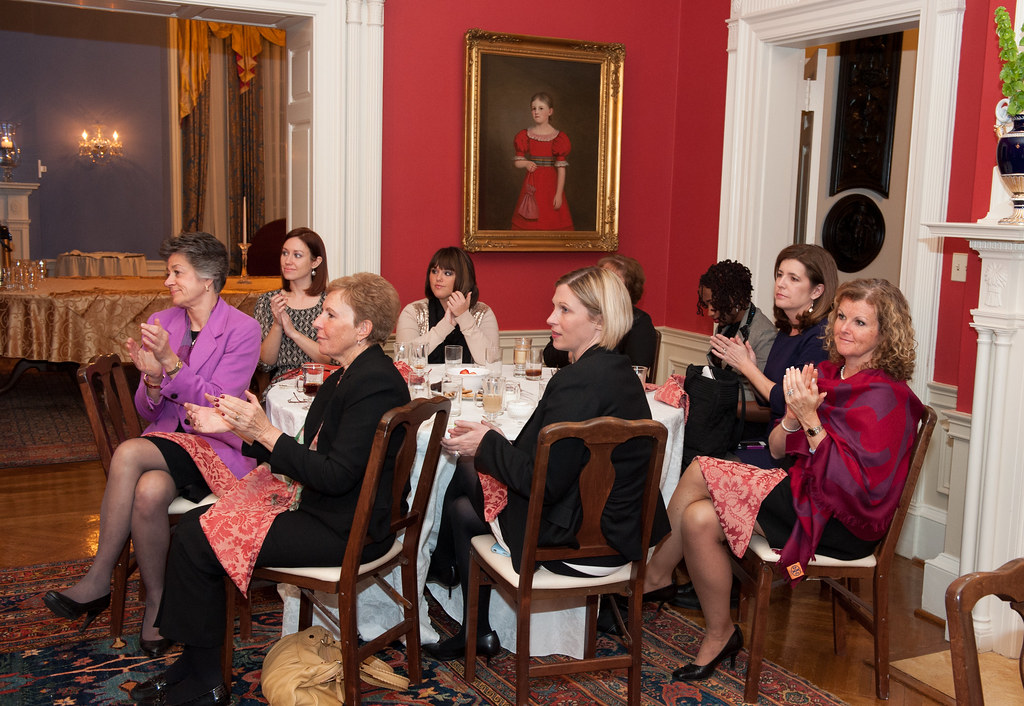
6. **From YWCA Program Director to Television Host**
Upon her return to Chicago in 1952, Ella Jenkins began a new chapter in her career, taking on a role as a program director for teenagers at a YWCA located at 62nd Street and Cottage Grove Avenue. It was within this community-focused environment that she started to cultivate and refine her innovative methods for engaging young people through music. Her natural ability to connect and inspire quickly garnered attention, setting the stage for broader recognition of her unique talents.
Her distinctive pedagogical approach, which emphasized participation and creativity, caught the eye of local public television. Ms. Jenkins was invited to demonstrate her innovative music teaching methods on “The Totem Club,” a children’s television show broadcast on WTTW. This appearance proved to be a significant moment, showcasing her charismatic presence and effective techniques to a wider audience beyond the YWCA.
The success of her initial television segment was undeniable, leading rapidly to an offer for her own weekly program. Soon, she became the host of “This Is Rhythm,” a segment of “The Totem Club” where she invited performers from diverse backgrounds. On the show, she innovatively demonstrated rhythm using unconventional “instruments” such as tin cans, oatmeal boxes, and even typewriters, further illustrating her belief that music could be found in the everyday and created by anyone.
With the burgeoning success of “This Is Rhythm,” Ms. Jenkins made a bold decision. Inspired by the Soviet Union’s ambitious five-year economic plan, she decided to give herself five years to establish herself as a folk singer. She quit her position at the YWCA shortly after her television segment began, fully committing to her musical aspirations. This calculated leap of faith ultimately led her to New York and her momentous meeting with Moses Asch of Folkways Records, solidifying her path as a professional musician.

7. **Global Performances and Unexpected Audiences**
She wasn’t just a Chicago phenomenon; her music resonated across the globe. For decades, Ms. Jenkins dedicated herself to traversing cities, states, and countries, bringing her unique folk music to children and adults alike. Her commitment to sharing her art was truly boundless, carrying her message far beyond the familiar streets of her adopted hometown.
Her travels took her to every continent, a testament to the universal appeal of her melodies and her interactive style. One particularly memorable performance venue was Antarctica, where her audience included not only the children of researchers but also a curious “throng of penguins.” Ms. Jenkins recounted the penguins being “very curious about me” as she played her harmonica, illustrating her ability to captivate even the most unexpected listeners with her simple, authentic musicality.
Beyond the sheer joy of performance, her global excursions served a deeper purpose in her creative process. Ms. Jenkins was known to carry a tape recorder, meticulously capturing foreign words and phrases that she would later weave into her compositions. This practice not only enriched her musical repertoire but also underscored her belief in cultural pluralism, allowing her to introduce diverse linguistic and rhythmic elements to her young audience.
However, her tours were not without challenges. In the early 1960s, while touring for the School Assembly Service, Ms. Jenkins encountered significant racial discrimination, a stark reminder of the social inequities she often addressed through her music. After being turned away from a motel in the middle of the night due to her skin color, she firmly insisted that the tour organizers guarantee her a safe place to sleep as a prerequisite for continuing her performances, demonstrating her unwavering resolve and dignity.
Read more about: Ouch! 14 Hollywood Movies That Absolutely Bombed at the Box Office (And the Wild Stories Behind Their Massive Losses)

8. **Prestigious Accolades and Enduring Recognition**
Ella Jenkins’ profound impact on children’s music and education was met with a multitude of prestigious awards and honors throughout her lengthy career, solidifying her status as a cultural luminary. These accolades not only celebrated her artistic genius but also acknowledged her groundbreaking pedagogical methods and her unwavering commitment to children. Her work transcended mere entertainment, recognized instead as a vital contribution to societal well-being.
Among her most significant recognitions was the Grammy Lifetime Achievement Award, which she received in 2004. This honor, bestowed by the Recording Academy, placed her in the company of music legends, a fact noted by her publicist, Lynn Orman, who observed that celebrities like Tony Bennett treated Ms. Jenkins “like Elvis” at the ceremony. Such was the reverence for her contributions to the musical landscape.
Further cementing her legacy, Ms. Jenkins was also honored with an ASCAP Foundation Lifetime Achievement Award in 1999 and the National Endowment for the Arts (NEA) National Heritage Fellowship Award in 2017. The NEA fellowship recognized her lifetime dedication to folk music and traditional arts, highlighting the authentic and enduring nature of her craft. These awards collectively underscored the widespread and profound appreciation for her artistry across diverse cultural institutions.
Her seminal song, “You’ll Sing a Song and I’ll Sing a Song,” achieved further immortalization when it was added to the National Recording Registry at the Library of Congress in 2007. This inclusion affirmed the work’s cultural, historical, and aesthetic significance, acknowledging its enduring popularity and its embodiment of Ms. Jenkins’ hallmark “call-and-response rhythmic group singing” methodology. Her version of “Wade in the Water” was also notably incorporated into Alvin Ailey’s modern dance classic “Revelations.”
Moreover, Ms. Jenkins holds the unique distinction of being one of only twelve persons to be recognized as a Legacy Honoree of the Smithsonian Center for Folklife & Cultural Heritage. This particular honor reflects the deep, lasting institutional respect for her role in preserving and evolving folk traditions, particularly for younger audiences. Her name will forever be etched in the annals of American cultural history, a testament to her unparalleled influence and enduring artistic vision.
Read more about: Chloé Zhao’s ‘Hamnet’ Triumphs in Toronto: Unpacking the 50th TIFF’s Major Award Winners and Oscar Frontrunners

9. **A Chicago Icon: Enduring Local Presence**
While Ella Jenkins’ influence extended globally, her roots remained deeply intertwined with Chicago, the city where she grew up and where much of her groundbreaking work took shape. She was not merely a resident but a beloved fixture, a testament to her enduring commitment to her community and the local artistic landscape. Her presence in Chicago was a source of immense pride for its citizens, particularly those involved in education and music.
For decades, Ms. Jenkins was a familiar and cherished figure at two of Chicago’s most esteemed musical institutions: the Old Town School of Folk Music and the annual Ravinia Music Festival, where she began performing in 1968. These venues provided a consistent platform for her to connect with audiences, teach her methods, and inspire generations of local children and aspiring musicians, reinforcing her role as a cornerstone of the city’s folk tradition.
Her contributions to Chicago’s cultural fabric were also recognized by the city’s major classical music organizations. Ms. Jenkins performed several times at Orchestra Hall and Symphony Center, participating in events such as CSO Family Matinees and the Chicago Symphony Orchestra’s first-ever Day of Music in October 1997. Her ability to bridge genres and appeal to diverse audiences, from folk enthusiasts to classical music patrons, underscored her versatile artistry.
In a significant civic tribute, the City of Chicago honored Ms. Jenkins in 2015 with the dedication of Ella Jenkins Park, located at 333 W. Wisconsin, near Sedgwick. This dedication provided a tangible, public acknowledgment of her lifelong service and the indelible mark she left on the city’s children and families. Even in her centennial year, she continued to reside in Chicago, at an assisted-living facility on the North Side, reaffirming her lifelong connection to the place she called home.
Read more about: The Ultimate Dive: 14 Fictional Characters Who Left an Indelible Mark on Pop Culture
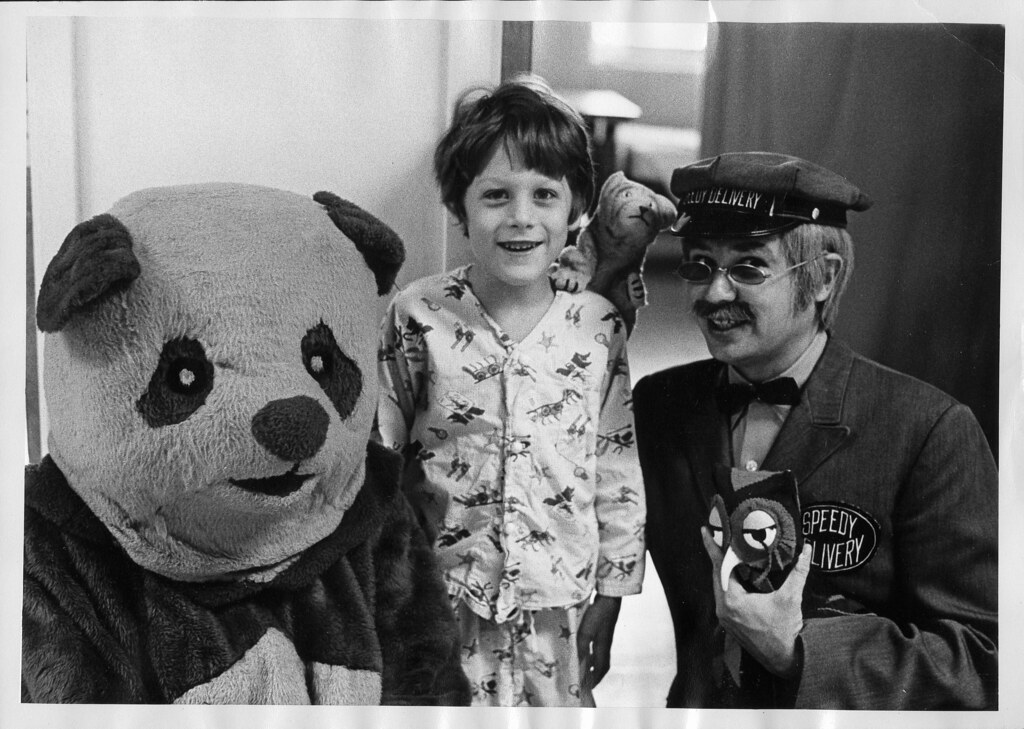
10. **Television Appearances and Wider Reach**
Ella Jenkins’ engaging personality and innovative teaching methods naturally translated to the nascent medium of television, allowing her to reach millions of children beyond the confines of live performances and classroom settings. After her successful stint on WTTW’s “The Totem Club” and her own segment “This Is Rhythm,” her appeal continued to grow, leading to appearances on some of the most iconic children’s programs in television history.
She became a familiar and cherished presence on beloved shows such as “Mister Rogers’ Neighborhood,” where her gentle demeanor and participatory songs perfectly aligned with Fred Rogers’ philosophy of nurturing children’s emotional and intellectual growth. Her ability to connect through the screen brought her distinctive “call-and-response” style into living rooms across the nation, fostering musical engagement in countless young viewers.
Beyond “Mister Rogers’ Neighborhood,” Ms. Jenkins also made appearances on “Sesame Street” and “Barney & Friends,” further expanding her reach to diverse preschool audiences. These platforms provided invaluable opportunities to disseminate her core principles—careful listening, singing, and improvisation—to an even broader demographic, solidifying her role as a foundational figure in early childhood education through media.
These television engagements were instrumental in reinforcing her belief that music was “not an entity in itself, but a way of helping children learn a bit about themselves and appreciate who they are.” Through accessible songs about colors, shapes, safety, history, and travel, Ms. Jenkins utilized the power of television to make complex themes understandable and enjoyable, demonstrating how music could serve as a powerful tool for holistic child development. The millions who watched her on these shows grew up with her as a guiding, harmonious voice.
Read more about: The Enduring Story of a Legend: Bruce Springsteen’s Path from Asbury Park to Global Icon
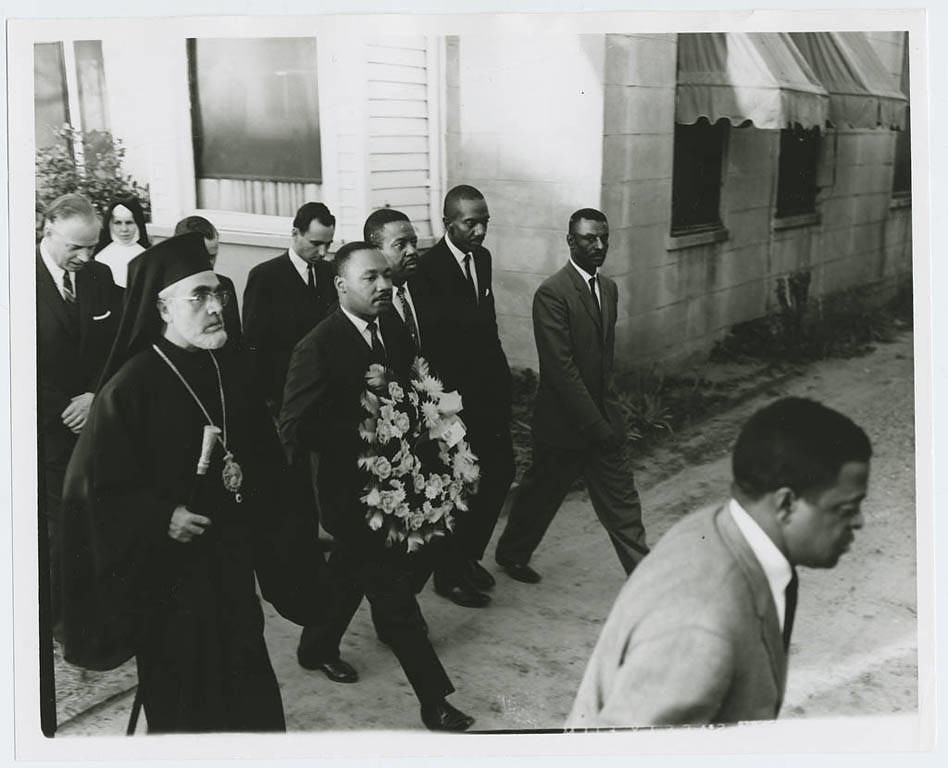
11. **Music as a Tool for Social Activism and Connection**
Beyond her captivating melodies and rhythmic innovations, Ella Jenkins infused her music with a profound social consciousness, drawing directly from her own experiences in the civil rights movement of the 1940s and 1950s. She deftly employed her songs as instruments for social activism, subtly weaving in messages of antiracism, cultural pluralism, and environmentalism that resonated deeply with her young, impressionable audiences. Her art was inextricably linked to her ethical convictions.
Ms. Jenkins consistently challenged her listeners, both young and old, to “listen deeply to one another,” a principle she saw as fundamental to fostering understanding and empathy across diverse communities. This emphasis on active listening extended beyond musical participation, serving as a metaphor for respectful dialogue and mutual appreciation in everyday life. She believed that through shared musical experiences, individuals could transcend superficial differences.
She frequently articulated her philosophy, stating that “Songs can teach you something about life and other people, other countries.” To that end, she deliberately incorporated elements from Spanish, Chinese, Hebrew, Korean, Swahili, and other languages into her work. Ms. Jenkins observed that children gravitated towards the interesting rhythmic patterns found in songs from foreign languages and cultures, thus broadening their horizons and instilling an early appreciation for global diversity.
Her powerful message of acceptance and self-worth was encapsulated in her poignant advice: “We’re all in this world together in warm or wintry weather. Just be yourself.” This simple yet profound counsel encouraged children to embrace their individuality while recognizing their interconnectedness with humanity. She understood that children inherently perceived people without prejudice, noting, “I find that children don’t think about what color you are, how old you are or what your background is. It’s the musical sharing and a genuine interest in them that matters. You just recognize each one as an individual and respect each child.” This was the core of her transformative pedagogy.
Read more about: Beyond the Screen: 12 ’90s Realities That Would Be Seriously Problematic (or Shockingly Different) in 2024
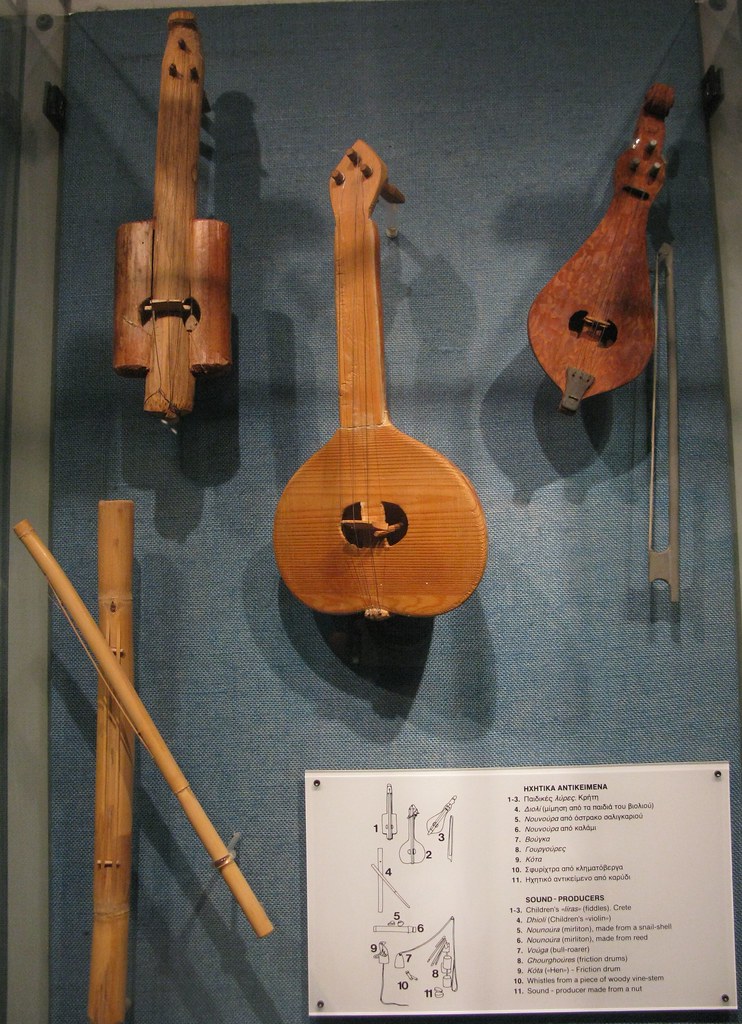
12. **Personal Connections and A Lasting Message**
Though Ella Jenkins never married or had children of her own, her life was characterized by a profound and unwavering “lifelong affinity for the younger set.” She cultivated deep personal connections, viewing children as her extended family and dedicating her entire career to their enrichment. Her commitment to fostering joy and learning in the lives of millions of young people was a testament to her expansive heart and generous spirit.
Ms. Jenkins relied on a close-knit circle of friends, who provided invaluable support throughout her life. This trusted group included figures such as Tim Ferrin, a filmmaker who began working on a documentary about her, and her longtime manager and friend, Bernadelle Richter. Richter eloquently captured Ms. Jenkins’ joy in interacting with children, describing it as “an infusion for her,” observing that “She’s always thinking about kids and how the world relates to them and how they relate to the world.”
Her publicist and friend of 35 years, Lynn Orman, also remained a close confidante, sharing insights into Ms. Jenkins’ final moments. Surrounded by family and old friends, Ms. Jenkins spent her last day listening to her favorite music, including tunes by Perry Como and various folk selections. This peaceful departure, enveloped in the melodies that had defined her life, underscored the profound role music played in her personal existence, just as it did in her public mission.
In January 2024, mere months before her passing, Ms. Jenkins was saluted with the publication of “A Life of Song: The Story of Ella Jenkins,” a children’s picture book written by Ty-Juana Taylor. This biographical tribute introduced her remarkable journey to a new generation, ensuring that her story and the values she espoused would continue to inspire. A small, private service was held after her death, with a public tribute thoughtfully planned for the following August, providing an opportunity for the wider community to honor her monumental legacy.
Read more about: Understanding ‘Important’: A Deep Dive into Its Diverse Meanings and Applications
Ultimately, Ella Jenkins will be remembered not only for her prodigious musical output and her innovative teaching methods but also for the potent simplicity of her message: “to be kind, to be curious.” She embodied these principles, sharing her gifts freely and encouraging others to do the same. Her legacy is one of profound human connection, built on the belief that music can bridge divides, foster understanding, and empower every individual to find their voice and contribute harmoniously to the world. Her passing leaves an irreplaceable void, yet her songs and her spirit will resonate for generations to come.

